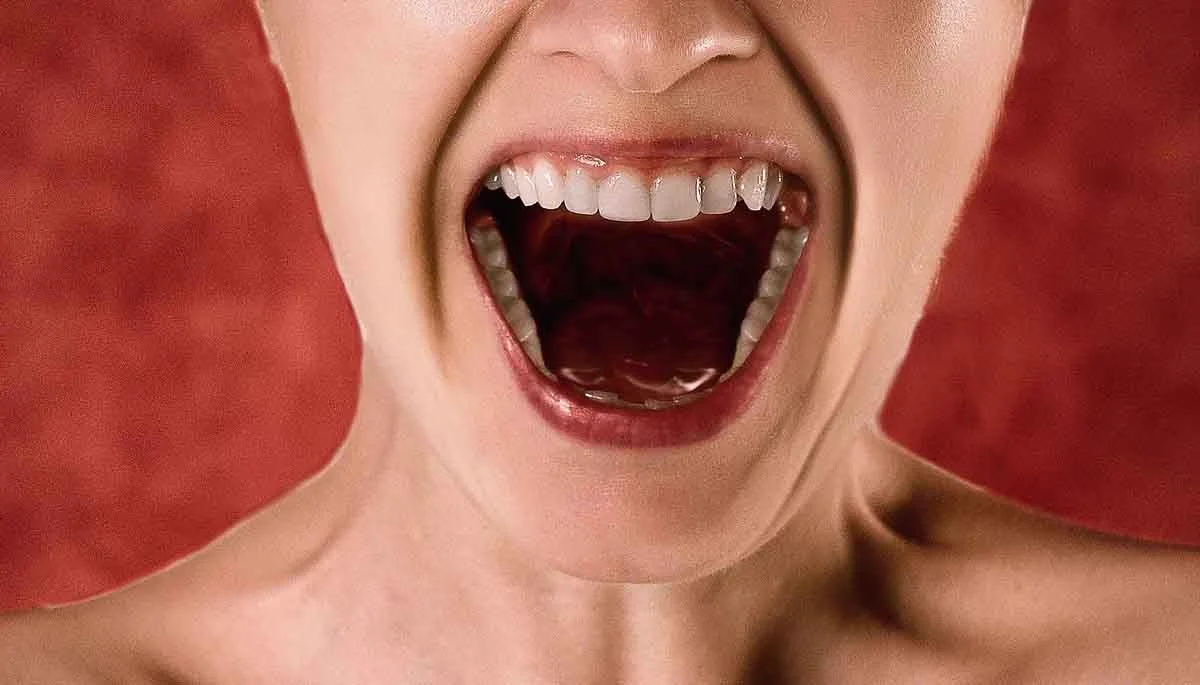There are a variety of speech therapy exercises that can be done after a partial glossectomy. These exercises can help improve speech and swallowing function. Some of the exercises that may be recommended include:
- Speaking slowly and clearly, enunciating each word
- Speaking in short phrases or sentences
- Repeating words and phrases
- Pronouncing different sounds and syllables
- Drinking plenty of water to help with swallowing
- Using tongue and lip exercises to strengthen the muscles
- Practicing speech in different environments, such as with background noise or in a crowded room
- Repeating speech drills to practice pronunciation
- Practicing speech and swallowing at various rates of speed
- Focusing on airflow through the mouth for speech production
- Exploring new ways to form words without using the tongue
- Regularly recording speech samples to monitor progress.
If you don’t have any idea how to properly execute these exercises, then consult with a speech therapist online. By following proper guidance you can improve your speech in few weeks.

Speech therapy is an important part of healing after a partial glossectomy. It doesn’t matter you visit a nearby care center or look for online therapy. It helps patients regain the ability to speak clearly, swallow safely and express themselves better. With dedication and patience, these speech therapy exercises can yield positive results.
An Advice Regarding Speech Therapy Exercises After Partial Glossectomy
It is important to find a speech-language pathologist (SLP) who specializes in speech therapy for individuals with speech and swallowing difficulties related to partial glossectomy.
An SLP will be able to create an individualized speech therapy program designed specifically for your needs. With the right speech therapy program and regular practice, you can make progress on improving your speech and swallowing abilities post-surgery.
Speech therapy exercises are just one part of the rehabilitation process after a partial glossectomy; they can help restore speech and swallow function, giving you back control over how you communicate with others.
Final Words
Partial glossectomy might be lateral wedge, unilateral complete, or tonsile fossia-free. Is the tongue covering a floor of mouth excision? Anyhow, tongue movement for mastication, swallowing, and articulation must be addressed.
To avoid hurting the rest of the tongue when chewing, the patient should learn self-examination. The remaining Unilateral tongue piece will stray to the damaged side. Treatment – First-week inactivity is normal. The patient may be relearning volitional control. Weekly workouts. Five reps per exercise.
- Open mouth wide. This workout stimulates tongue base.
- Push tongue blade on non-affected side for three counts and relax.
- Left-to-right and right-to-left lick alvelor ridge.
- Lick lip left-to-right, then right-to-left.
- Push non-affected cheek out and hold for three seconds.
- Push tongue forward with teeth together and lips closed for three counts.
- Repeat #6 with tongue to roof of mouth for three counts.
- Suck-back and swallow to prevent saliva pooling.
- Any attempted articulation stimulates tongue movement… I list non-glossal sentences and then glossal ones. “Why buy ham mum,” “May I have more,” and “Head light,” “little hotdog.”
- Any swallowing activity stimulates tongue movement in non-aspiration patients. Start with a manageable consistency like pudding or honey then thin out.
Even if the patient claims no movement, try the above or I would advice go and check out for a therapist available in near your area. For more info keep visiting the https://speechtherapycare.com and don’t forget to share Speech therapy exercises after partial glossectomy with others on social media platforms.


